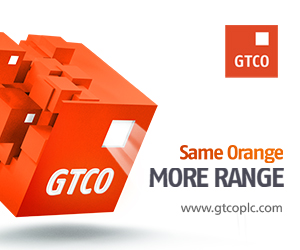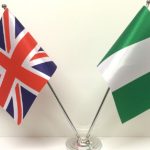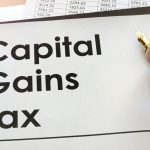Economy
Industrializing Africa: AU Gathers Experts to Design New Action Plan
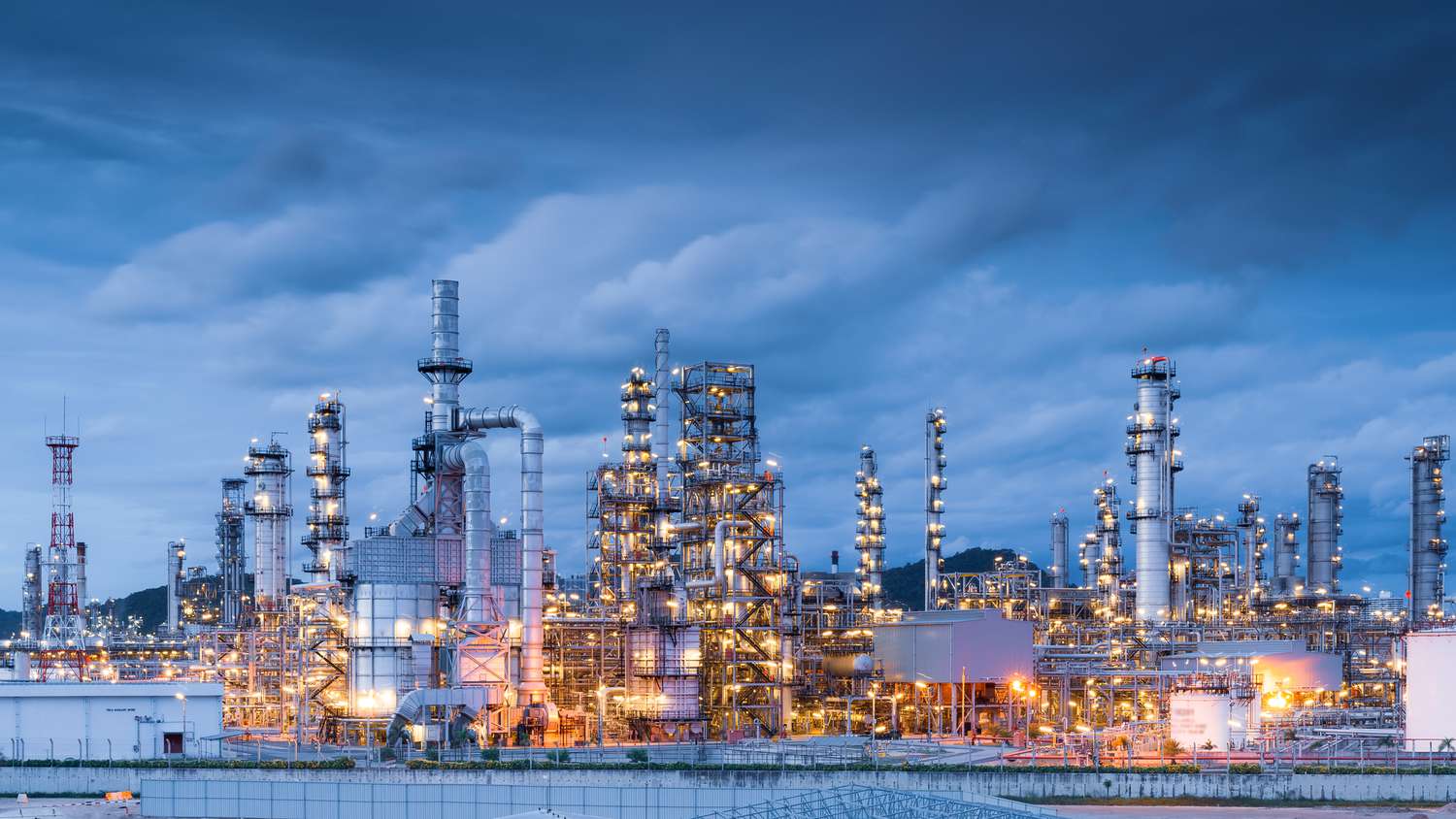
By Kestér Kenn Klomegâh
Under the auspices of the African Union, from November 20 to 25, government representatives and corporate industrialists, as well as agricultural experts, plan to discuss and re-examine strategic mechanisms for improving two key sectors and interconnection between the economy and industry in Africa.
The gathering seeks, after the critical in-depth discussions, to design a new action plan for industrializing Africa, add value to the continent’s agricultural products, and look at possible ways to strengthen and diversify the economy. While this might not be an easy task, it is about time that African leaders make serious and conscious efforts to transform resources to build infrastructure and work towards developing a sustainable economy.
With this background, the African Union fixed this summit theme as “Industrializing Africa: Renewed commitment towards an Inclusive and Sustainable Industrialization and Economic Diversification,” reflecting the practical task ahead of all African leaders.
Given the importance of industrialization and economic transformation in Africa, the 20th of every November is commemorated as the Africa Industrialization Day, which was adopted by the Assembly of Heads of State and Government of the Organization of African Unity in July 1989 in Addis Ababa, Ethiopia.
The Africa Industrialization Day provides an opportunity for key stakeholders to reflect on Africa’s industrialization by looking at how the continent can change its current status quo. Since 2018, the Africa Industrialization Day has been commemorated with week-long events, marking a departure from the one-day tradition, and which affords more time to reflect and accelerate actions toward Africa’s structural transformation as an enabler to meet the objectives of Agenda 2063 and Sustainable Development Goals 2030.
Now that trading under the African Continental Free Trade Area (AfCFTA) agreement was also launched on 1st January 2021, it makes it paramount for African leaders to address contradictions and complexities in the development paradigms and critically focus on economic sectors with their external partners. It is a common goal to build an integrated economy for Africa.
In close interconnection with this, experts have emphasized that steps must necessarily fall within the ideals of realizing the primary aims of creating a single continental market. Understandably the AfCFTA, created as a single African market for goods and services, covers an estimated 1.3 billion people with a combined GDP of over $2.5 trillion across 55 member states.
Thus, Africa’s industrialization and transformation agenda need to be supported at the highest national, regional, continental and global levels. The focus is to accelerate efforts in a selected number of key policy areas – such as energy and road infrastructure, trade facilitation, financial sector development, education development, agro-industrial transformation, green industrialization and technological innovation and transformation.
Advancing the AfCFTA and Africa-Industrialization side-by-side with deliberate efforts to realize the mutually reinforcing interdependences between the two will provide Africa’s critical success pillar and condition for Agenda 2063.
More fundamentally, there are still many questions by a number of African leaders, including the system of governance and poor state management combined with weak development policies and strategies, that have openly exposed the hollowness of African economies on several fronts, including the fragility and weakness of Africa’s industrial capabilities. There is a need to change the development narratives toward the prioritization of initiatives intended to accelerate Africa’s industrialization.
The industrialization prospects for the continent are anchored on unleashing the growth of small and micro-enterprises guided by the African Union SMEs Strategy, whose development was informed by evidence-based mapping of the peculiarities of the continent’s production systems. By creating business-enabling conditions, using available opportunities and possibilities across the entire continent that can enhance the longevity rate of Micro, Small and Medium-Sized Enterprises (MSMEs).
Whilst the continent’s industrial policy landscape stretches back to the 1980s from the First Industrial Decade for Africa, all the way to the Accelerated Industrial Development of Africa (AIDA, 2008), and globally, the United Nations General Assembly (UNGA) has further magnified the significance of Africa’s industrialization through the adoption of a resolution in July 2016 that dedicated the period 2016-2025 to the Third Industrial Development Decade for Africa (IDDA III), the performance has remained rather mixed.
Under the circumstances, the development challenges currently confronting the continent, therefore, necessitate the need for effective, efficient and timely deployment of action beyond political rhetoric for any meaningful impact on delivering sustainable human development in the continent in the medium- to long-term more so.
It is encouraging to note that IDDA III presents yet another opportunity to rally global partnerships and efforts to work as a collective to drive structural transformation in Africa. As such, it should be optimally leveraged in this endeavour for any meaningful impact on delivering a sustainable and inclusive industrialization pathway for Africa.
What is critical at the moment for Africa is to acknowledge the need to chart a revived focus towards a rejuvenated Pan-African industrialization agenda and framework informed by lessons learnt thus far from previous programmes, taking full cognizance of the current and evolving social, economic and political trends, and developmental needs of the continent.
The continent’s capacity to deliver on Agenda 2063 hinges on industrialization. To buttress this, the UN SDGs have assigned Goal 9 towards building industries and resilient infrastructure as a way of strengthening developing economies’ capacity to address structural challenges and poverty alleviation.
In addition, IDDA III should be flexible enough to consider Africa’s industrialization within the context of uncertainties such as the geopolitical changes in the world. Going forward, Africa’s industrialization agenda must unequivocally incorporate industries that prove to be resilient in the face of uncertainties and recovery-ready within the shortest possible time when industries are hard hit.
On the other hand, industrialization should not be perceived as a single pathway for sustainable development in Africa. Rather, industrialization, with strong multi-sectoral and multi-directional linkages to domestic economies, will help African countries to achieve higher economic growth rates and economic diversification. Success in industrialization will be at the core of efforts to address key structural economic growth and development weaknesses and fragilities – from poverty and inequality through to inadequately developed education, health, housing and sanitation services.
Seeing beyond the current challenges requires policymakers to tackle head-on other supply-side structural bottlenecks and barriers, such as energy and infrastructure, for enhanced enterprise competitiveness. This also places due pressure on policymakers to improve business and regulatory regimes to enhance private capital flows, absorption and adaptation of technology, artificial intelligence and skills transfer to unleash private sector growth.
Furthermore, sustainable success on Africa’s industrialization front will only be achieved with deliberate efforts to integrate and systematically address Africa’s underlying development features, such as the micro-small-medium enterprises and informal economy, the urban-rural transition, socio-economic diversity across the 55-member African Union, as well as linkages between education-skills development and industry. Cross-cutting issues such as gender, climate change, energy security, youth population and growing unemployment to facilitate the evolution of a sustainable and inclusive industrialization pathway for the continent.
Africa has a lot to learn from its own experiences with industrialization over the past several decades as well as from other parts of the world. However, what is abundantly clear is that industrialization successes in Europe and the Americas and, more recently, in Asia cannot be fully replicated in Africa. Apart from just that, Africa has its own unique circumstances, and many of the factors that propelled industrial success in other continents no longer exist. That is why advancing Africa’s industrialization has to take deliberate consideration of what can and should work for Africa while ensuing interdependencies with the rest of the world in those areas that can amplify the continent’s benefits.
It is important to emphasize here that there are partnerships and alliances to deliver on Africa’s industrialization: these include rallying domestic and international public-private partnerships for enhanced planning and implementation capabilities for accelerated-expanded industrial growth in Africa.
It depends on multi-/cross-sectorial approaches as a key condition for success: aligning key cross-sector conditions and policies for success: energy security, institutions, polities and legislation, human capital – skills and intellectual capacity, environmental resilience and climate change (green industries).
Noteworthy to reiterate here that African leaders have to take into consideration the youth and women-led MSMEs in driving success in Africa’s industrialization, special cross-cutting drivers for sustainable success: youth, micro-, small and medium enterprises, women, competitiveness and urban-rural transitions.
There are also resource governance and leveraging financial and non-financial resources into Africa’s industrialisation: de-risking Africa’s industrialization, catalysing domestic and international investments, technology transfer and local innovations to leapfrog Africa’s industrial growth. Besides these discussed above, another aspect is indigenous knowledge and Africa’s industrialization: includes protecting African indigenous knowledge with intellectual property rights to integrate into Africa’s industrialization.
In light of the key and strategic interdependences between industrialization and the African Continental Free Trade Area Agreement (AfCFTA), the summit aims to rally desired political momentum, resources, partnerships and alliances towards an African industrialization drive. This is along the continental resolve to drive structural transformation, built around leveraging Africa’s rich and diverse natural resources while at the same time embracing current advances in technologies, continental and global geo-political trends and the emergence of tradeable services.
Therefore, it is anticipated to unlock the evolution of a vibrant Pan-African enterprise and capital base that will unleash an inclusive and sustainable industrialization pathway that carries along with the participation of all economic agents, including SMEs, youth, and women in the generation of national wealth and creation of jobs as well as expansion of entrepreneurship opportunities for Africa’s 1.3 billion population.
While this November summit aims at highlighting Africa’s renewed determination and commitment to industrialization, it simultaneously aims at reminding the expectation for Africa to take a great leap forward from its industrial stagnation, and the summit offers the platform for taking joint decisions, it finally portrays as one of the pillars or cornerstones in addressing the continent’s economic growth and sustainable development goals as articulated in Agenda 2063 and Agenda 2030.
Economy
UK Backs Nigeria With Two Flagship Economic Reform Programmes
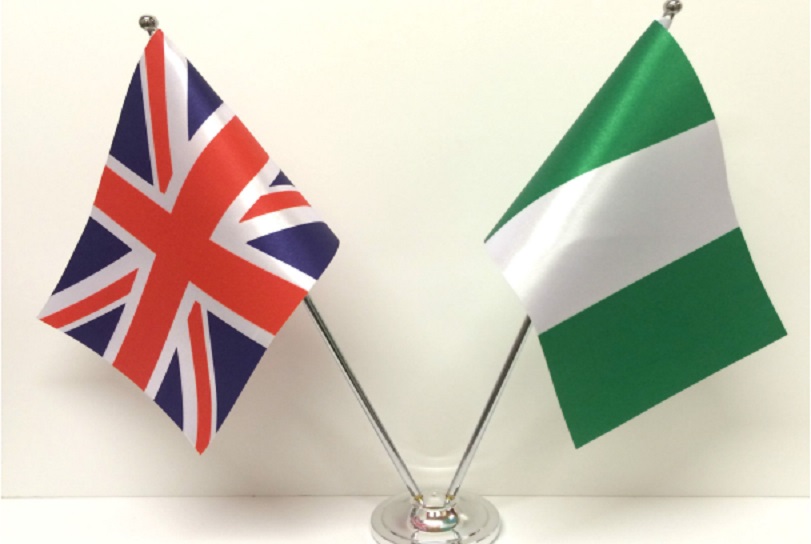
By Adedapo Adesanya
The United Kingdom via the British High Commission in Abuja has launched two flagship economic reform programmes – the Nigeria Economic Stability & Transformation (NEST) programme and the Nigeria Public Finance Facility (NPFF) -as part of efforts to support Nigeria’s economic reform and growth agenda.
Backed by a £12.4 million UK investment, NEST and NPFF sit at the centre of the UK-Nigeria mutual growth partnership and support Nigeria’s efforts to strengthen macroeconomic stability, improve fiscal resilience, and create a more competitive environment for investment and private-sector growth.
Speaking at the launch, Cynthia Rowe, Head of Development Cooperation at the British High Commission in Abuja, said, “These two programmes sit at the heart of our economic development cooperation with Nigeria. They reflect a shared commitment to strengthening the fundamentals that matter most for our stability, confidence, and long-term growth.”
The launch followed the inaugural meeting of the Joint UK-Nigeria Steering Committee, which endorsed the approach of both programmes and confirmed strong alignment between the UK and Nigeria on priority areas for delivery.
Representing the Government of Nigeria, Special Adviser to the President of Nigeria on Finance and the Economy, Mrs Sanyade Okoli, welcomed the collaboration, touting it as crucial to current, critical reforms.
“We welcome the United Kingdom’s support through these new programmes as a strong demonstration of our shared commitment to Nigeria’s economic stability and long-term prosperity. At a time when we are implementing critical reforms to strengthen fiscal resilience, improve macroeconomic stability, and unlock inclusive growth, this partnership will provide valuable technical support. Together, we are laying the foundation for a more resilient economy that delivers sustainable development and improved livelihoods for all Nigerians.”
On his part, Mr Jonny Baxter, British Deputy High Commissioner in Lagos, highlighted the significance of the programmes within the wider UK-Nigeria mutual growth partnership.
“NEST and NPFF are central to our shared approach to strengthening the foundations that underpin long-term economic prosperity. They sit firmly within the UK-Nigeria mutual growth partnership.”
Economy
MTN Nigeria, SMEDAN to Boost SME Digital Growth
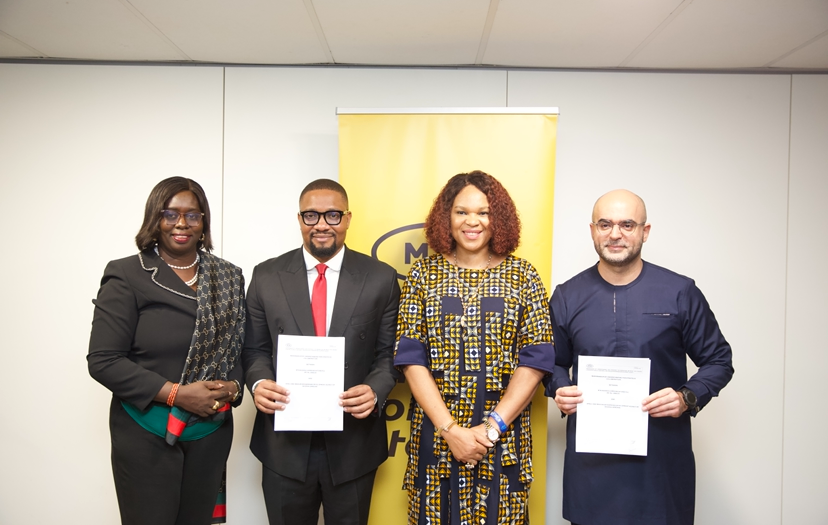
By Aduragbemi Omiyale
A strategic partnership aimed at accelerating the growth, digital capacity, and sustainability of Nigeria’s 40 million Micro, Small and Medium Enterprises (MSMEs) has been signed by MTN Nigeria and the Small and Medium Enterprises Development Agency of Nigeria (SMEDAN).
The collaboration will feature joint initiatives focused on digital inclusion, financial access, capacity building, and providing verified information for MSMEs.
With millions of small businesses depending on accurate guidance and easy-to-access support, MTN and SMEDAN say their shared platform will address gaps in communication, misinformation, and access to opportunities.
At the formal signing of the Memorandum of Understanding (MoU) on Thursday, November 27, 2025, in Lagos, the stage was set for the immediate roll-out of tools, content, and resources that will support MSMEs nationwide.
The chief operating officer of MTN Nigeria, Mr Ayham Moussa, reiterated the company’s commitment to supporting Nigeria’s economic development, stating that MSMEs are the lifeline of Nigeria’s economy.
“SMEs are the backbone of the economy and the backbone of employment in Nigeria. We are delighted to power SMEDAN’s platform and provide tools that help MSMEs reach customers, obtain funding, and access wider markets. This collaboration serves both our business and social development objectives,” he stated.
Also, the Chief Enterprise Business Officer of MTN Nigeria, Ms Lynda Saint-Nwafor, described the MoU as a tool to “meet SMEs at the point of their needs,” noting that nano, micro, small, and medium businesses each require different resources to scale.
“Some SMEs need guidance, some need resources; others need opportunities or workforce support. This platform allows them to access whatever they need. We are committed to identifying opportunities across financial inclusion, digital inclusion, and capacity building that help SMEs to scale,” she noted.
Also commenting, the Director General of SMEDAN, Mr Charles Odii, emphasised the significance of the collaboration, noting that the agency cannot meet its mandate without leveraging technology and private-sector expertise.
“We have approximately 40 million MSMEs in Nigeria, and only about 400 SMEDAN staff. We cannot fulfil our mandate without technology, data, and strong partners.
“MTN already has the infrastructure and tools to support MSMEs from payments to identity, hosting, learning, and more. With this partnership, we are confident we can achieve in a short time what would have taken years,” he disclosed.
Mr Odii highlighted that the SMEDAN-MTN collaboration would support businesses across their growth needs, guided by their four-point GROW model – Guidance, Resources, Opportunities, and Workforce Development.
He added that SMEDAN has already created over 100,000 jobs within its two-year administration and expects the partnership to significantly boost job creation, business expansion, and nationwide enterprise modernisation.
Economy
NGX Seeks Suspension of New Capital Gains Tax
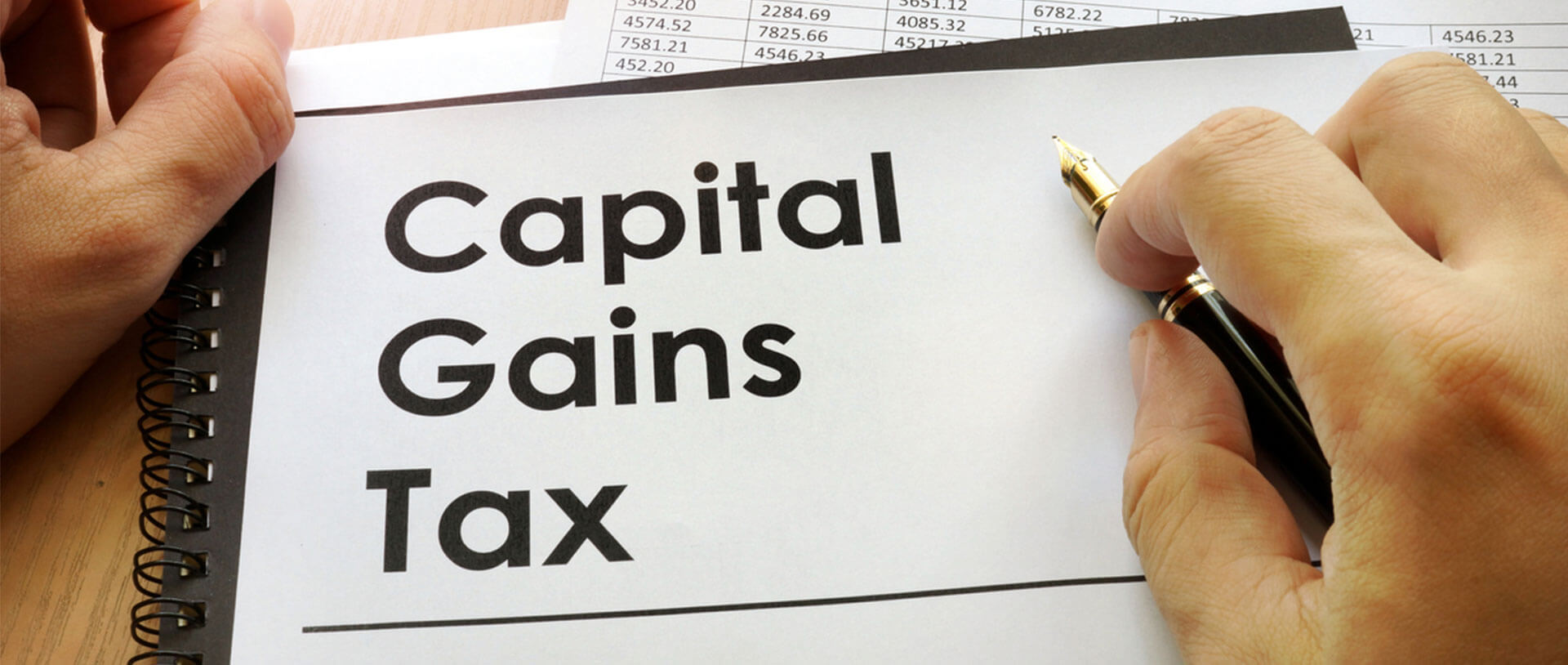
By Adedapo Adesanya
The Nigerian Exchange (NGX) Limited is seeking review of the controversial Capital Gains Tax increase, fearing it will chase away foreign investors from the country’s capital market.
Nigeria’s new tax regime, which takes effect from January 1, 2026, represents one of the most significant changes to Nigeria’s tax system in recent years.
Under the new rules, the flat 10 per cent Capital Gains Tax rate has been replaced by progressive income tax rates ranging from zero to 30 per cent, depending on an investor’s overall income or profit level while large corporate investors will see the top rate reduced to 25 per cent as part of a wider corporate tax reform.
The chief executive of NGX, Mr Jude Chiemeka, said in a Bloomberg interview in Kigali, Rwanda that there should be a “removal of the capital gains tax completely, or perhaps deferring it for five years.”
According to him, Nigeria, having a higher Capital Gains Tax, will make investors redirect asset allocation to frontier markets and “countries that have less tax.”
“From a capital flow perspective, we should be concerned because all these international portfolio managers that invest across frontier markets will certainly go to where the cost of investing is not so burdensome,” the CEO said, as per Bloomberg. “That is really the angle one will look at it from.”
Meanwhile, the policy has been defended by the chairman of the Presidential Fiscal Policy and Tax Reforms Committee, Mr Taiwo Oyedele, who noted that the new tax will make investing in the capital market more attractive by reducing risks, promoting fairness, and simplifying compliance.
He noted that the framework allows investors to deduct legitimate costs such as brokerage fees, regulatory charges, realised capital losses, margin interest, and foreign exchange losses directly tied to investments, thereby ensuring that they are not taxed when operating at a loss.
Mr Oyedele also said the reforms introduced a more inclusive approach to taxation by exempting several categories of investors and transactions.
-
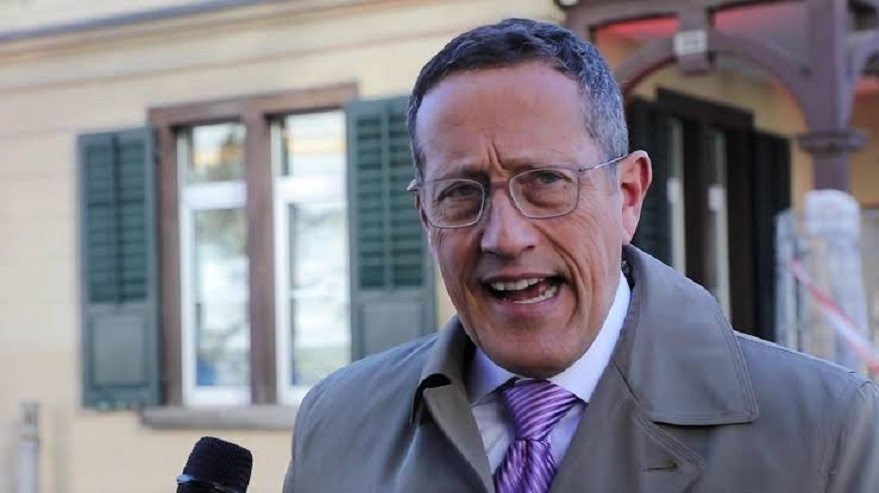
 Feature/OPED6 years ago
Feature/OPED6 years agoDavos was Different this year
-
Travel/Tourism9 years ago
Lagos Seals Western Lodge Hotel In Ikorodu
-

 Showbiz3 years ago
Showbiz3 years agoEstranged Lover Releases Videos of Empress Njamah Bathing
-
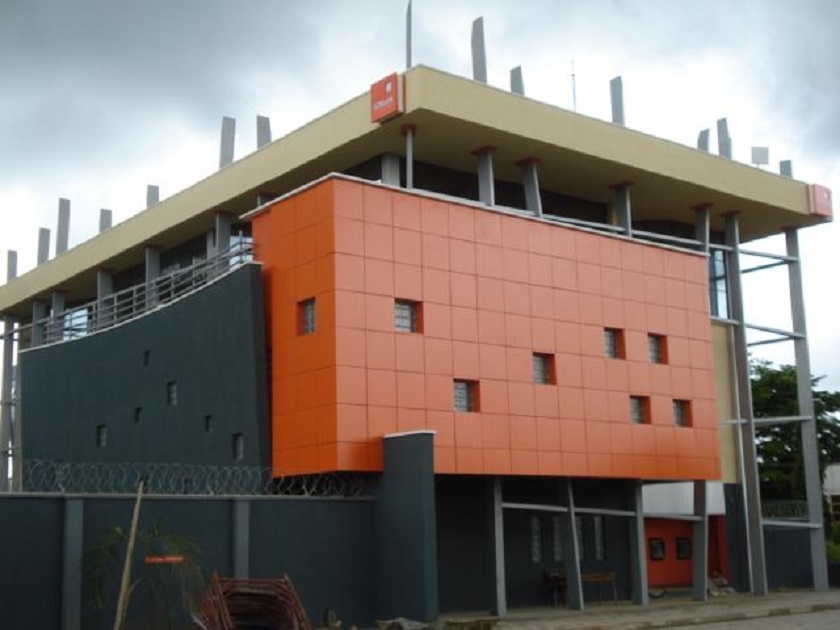
 Banking7 years ago
Banking7 years agoSort Codes of GTBank Branches in Nigeria
-
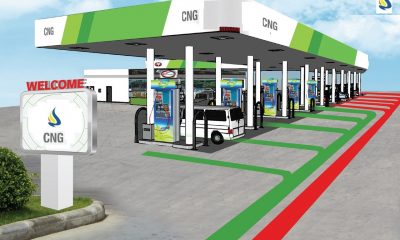
 Economy3 years ago
Economy3 years agoSubsidy Removal: CNG at N130 Per Litre Cheaper Than Petrol—IPMAN
-
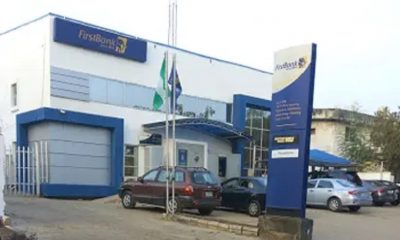
 Banking3 years ago
Banking3 years agoFirst Bank Announces Planned Downtime
-
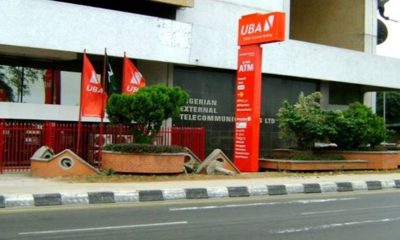
 Banking3 years ago
Banking3 years agoSort Codes of UBA Branches in Nigeria
-

 Sports3 years ago
Sports3 years agoHighest Paid Nigerian Footballer – How Much Do Nigerian Footballers Earn



